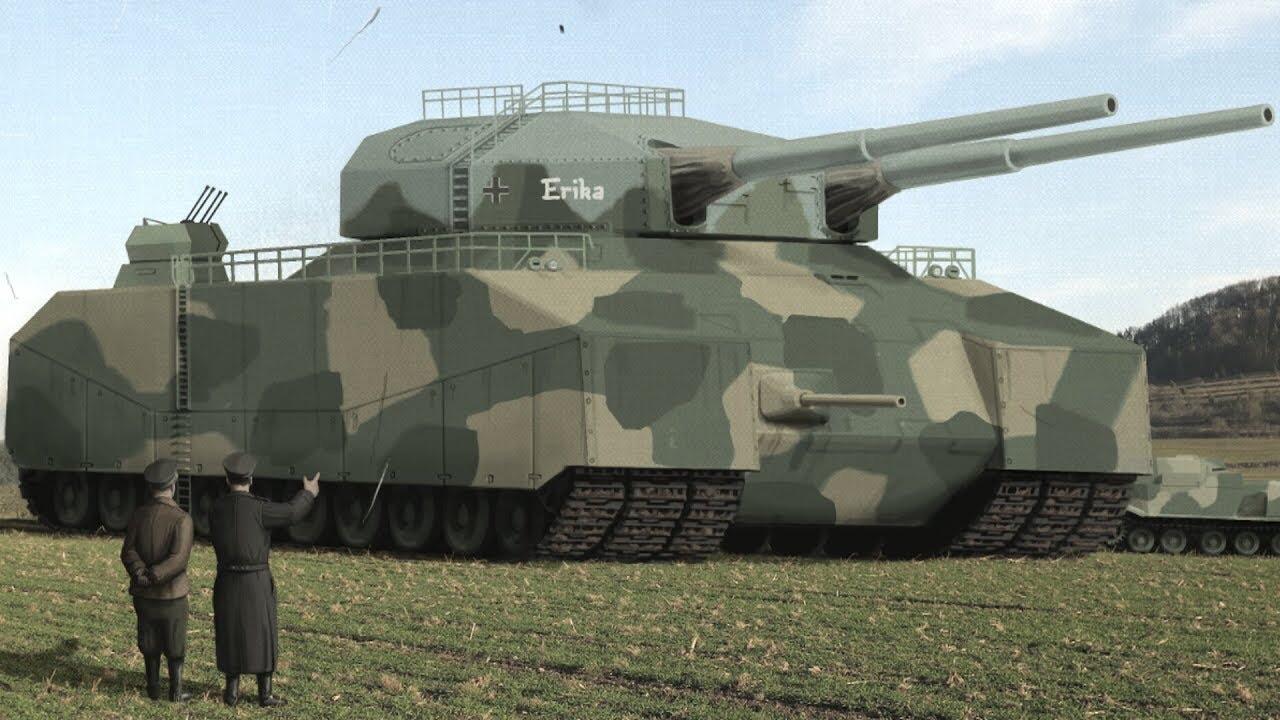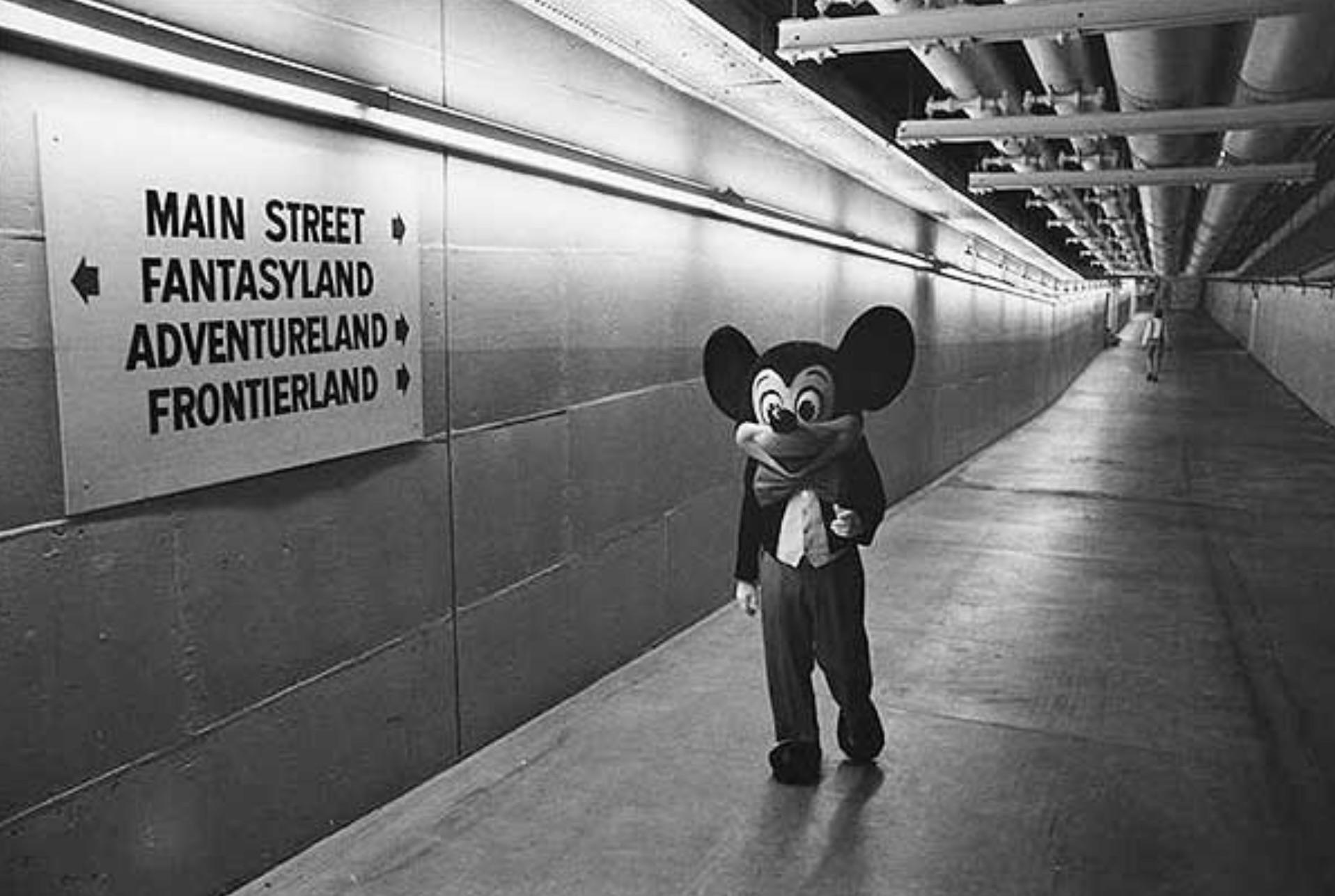
Ever heard of the Landkreuzer P 1000 Ratte? This behemoth was a German tank design during World War II that never saw the light of day. Imagine a tank so massive it could crush buildings under its tracks. Weighing 1,000 tons, this monster was intended to be the ultimate land battleship. But why didn't it ever get built? The sheer size and weight made it impractical for bridges and roads. Plus, it would have been a sitting duck for enemy aircraft. Curious about more mind-blowing facts? Let's dive into the details of this colossal war machine that could have changed history.
Key Takeaways:
- The Landkreuzer P 1000 Ratte was a massive, super-heavy tank proposed by Germany during World War II, but it was never built due to its impractical size, cost, and impact on infrastructure.
- Despite never being built, the Ratte's design has left a lasting impact on military history and popular culture, inspiring discussions about the feasibility and practicality of super-heavy tanks.
The Birth of the Landkreuzer P 1000 Ratte
The Landkreuzer P 1000 Ratte was a German project during World War II. This massive tank was designed to be a super-heavy tank, far larger than any other tank ever built.
- The Landkreuzer P 1000 Ratte was proposed by Krupp, a German arms manufacturer, in 1942.
- Adolf Hitler himself approved the initial design of the Ratte.
- The tank was intended to weigh 1,000 tons, making it the heaviest tank ever conceived.
- It was designed to be 35 meters long, which is about the length of a blue whale.
- The Ratte would have been 14 meters wide, roughly the width of a four-lane highway.
Armament and Firepower
The Ratte was designed to carry an impressive array of weapons. Its firepower would have been unmatched by any other tank of its time.
- The main armament was to include two 280 mm naval guns, the same type used on battleships.
- It was also planned to have a 128 mm anti-tank gun.
- The tank would have had multiple 15 mm and 20 mm anti-aircraft guns for defense against aircraft.
- The Ratte's firepower was intended to destroy enemy fortifications and tanks from a great distance.
- The sheer size of the guns would have required a crew of at least 20 men to operate them.
Mobility and Power
Moving such a massive vehicle posed significant engineering challenges. The designers had to come up with innovative solutions to make the Ratte mobile.
- The Ratte was to be powered by two MAN V12 diesel engines, each producing 8,500 horsepower.
- Alternatively, it could have used eight Daimler-Benz MB 501 marine diesel engines.
- The tank's top speed was projected to be 40 km/h on roads, which is faster than many modern tanks.
- It would have had a range of 190 kilometers on a full tank of fuel.
- The Ratte's tracks were designed to be 3.6 meters wide to distribute its immense weight.
Crew and Living Conditions
Operating the Ratte would have required a large crew. The designers also had to consider the living conditions for the crew members.
- The tank was designed to accommodate a crew of 20 to 41 men.
- It would have included living quarters with beds, a kitchen, and even a bathroom.
- The crew would have had to work in shifts due to the tank's complex operations.
- The Ratte's interior was designed to be spacious compared to other tanks of the era.
- The tank would have had advanced communication systems to coordinate its operations.
The Project's Downfall
Despite its impressive design, the Ratte project faced numerous challenges and was eventually canceled.
- The sheer size of the Ratte made it a highly visible target for enemy aircraft.
- The tank's weight would have caused significant damage to roads and bridges, limiting its mobility.
- The cost of building and maintaining such a massive vehicle was prohibitively high.
- The resources required for the Ratte could have been used to produce multiple smaller tanks.
- The project was officially canceled by Albert Speer, the Minister of Armaments and War Production, in 1943.
Legacy and Influence
Although the Ratte was never built, its design has left a lasting impact on military history and popular culture.
- The Ratte remains a popular subject in alternate history and military fiction.
- It has appeared in various video games, including the "Wolfenstein" series.
- The tank's design has inspired numerous scale models and replicas.
- The Ratte is often cited as an example of the extreme engineering ambitions of Nazi Germany.
- The project has sparked discussions about the feasibility and practicality of super-heavy tanks.
Fun Facts and Trivia
The Ratte project is filled with interesting tidbits that highlight its unique place in history.
- The name "Ratte" means "rat" in German, which is ironic given the tank's massive size.
- If built, the Ratte would have been the largest land vehicle ever constructed.
- The tank's design included a snorkel system to allow it to ford rivers.
- Despite its cancellation, the Ratte continues to capture the imagination of military enthusiasts and historians alike.
The Legacy of the Landkreuzer P 1000 Ratte
The Landkreuzer P 1000 Ratte remains one of history's most ambitious yet impractical military projects. This massive tank, designed during World War II, never made it past the drawing board. Its sheer size and weight would have made it a logistical nightmare, not to mention a prime target for enemy forces. Despite its impracticality, the Ratte captures the imagination of military enthusiasts and historians alike. It symbolizes the extremes of engineering and ambition during wartime. While it never saw combat, the Ratte serves as a fascinating "what if" in military history. Its story reminds us of the fine line between innovation and folly. So, next time you think about military marvels, remember the Ratte—a colossal dream that never came to life.
Frequently Asked Questions
Was this page helpful?
Our commitment to delivering trustworthy and engaging content is at the heart of what we do. Each fact on our site is contributed by real users like you, bringing a wealth of diverse insights and information. To ensure the highest standards of accuracy and reliability, our dedicated editors meticulously review each submission. This process guarantees that the facts we share are not only fascinating but also credible. Trust in our commitment to quality and authenticity as you explore and learn with us.


